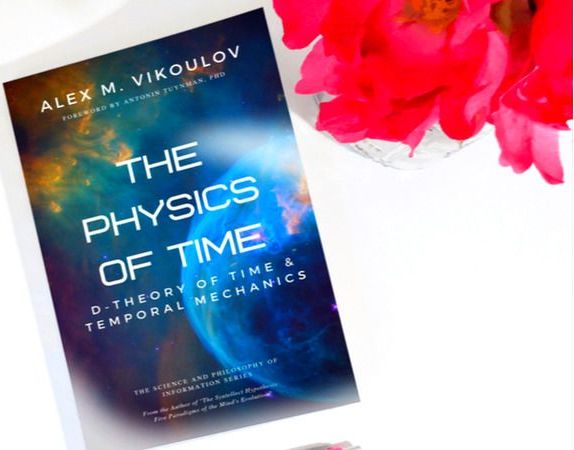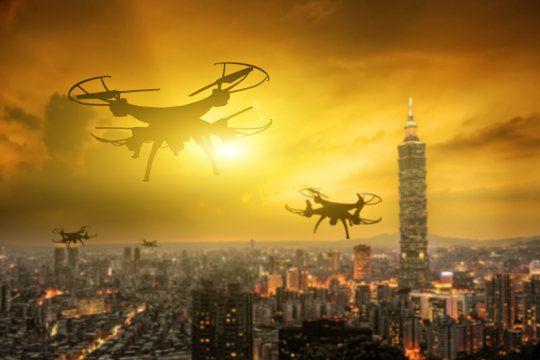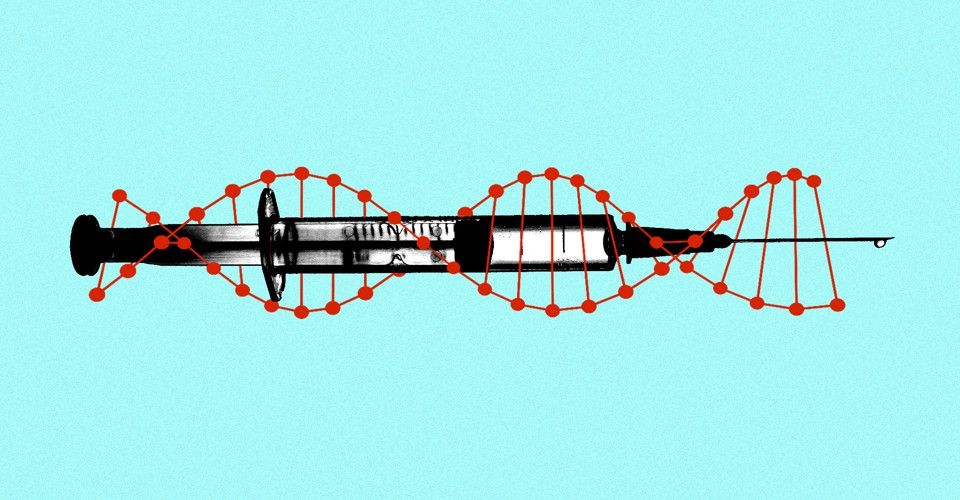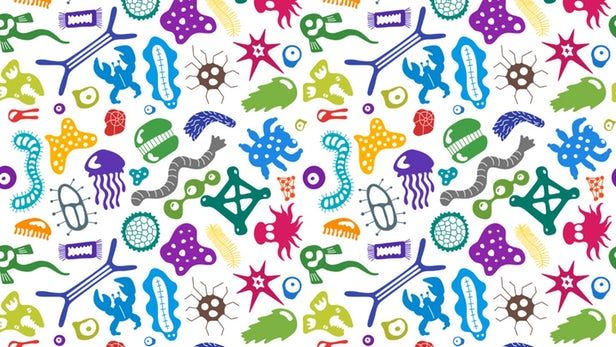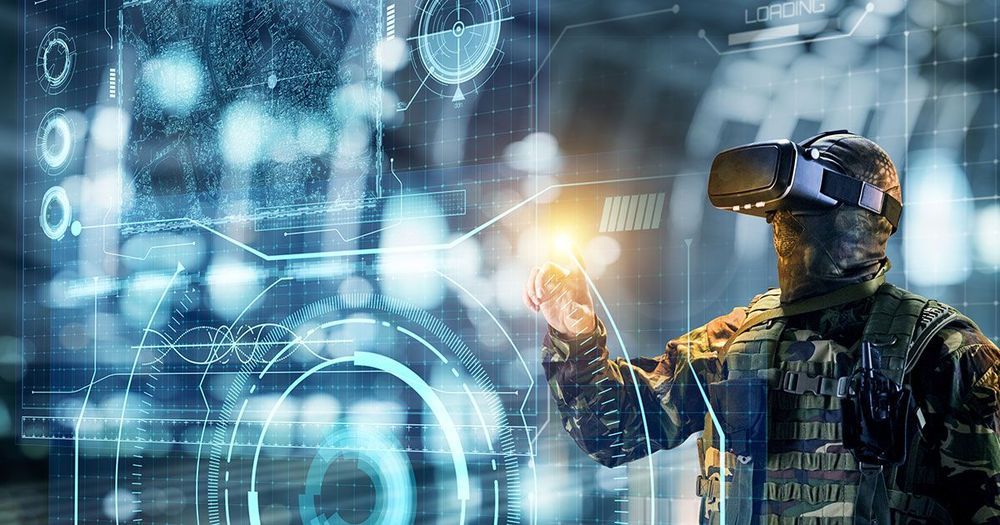Instant Bestseller on Amazon, The Physics of Time is an easy but incredibly profound and in many ways astounding read for those interested in the subjects such as the nature of time, experiential temporality, time travel, the physics of information, and philosophy of time. “Time is a moving image of eternity.” This is the opening quote by Plato to volume 2 of The Science and Philosophy of Information series. And here’s the passage from the book: “Time seems to be moving for us in one direction in a linear, incremental fashion which is not a result of immutable physical laws but rather their probabilistic interpretation — things are said to get messier overtime, to move from more orderly states, towards more entropy, disorderly states. However, a growing number for physicists now regard entropy as a measure of information, [i.e. complexity] not of ”messiness.” https://www.ecstadelic.net/top-stories/the-physics-of-time-d…ss-release #PhysicsofTime #LifeboatFoundation
Ecstadelic Media Group releases a new non-fiction book The Physics of Time: D-Theory of Time & Temporal Mechanics by Alex M. Vikoulov, Antonin Tuynman PhD as a Kindle ebook (Press Release, San Francisco, CA, USA, May 22, 2019 11.00 AM PST)
